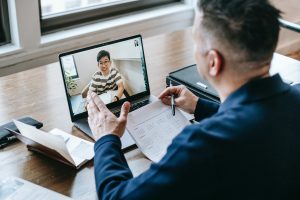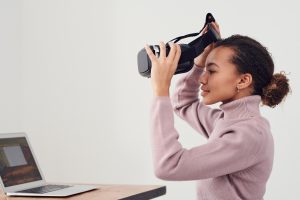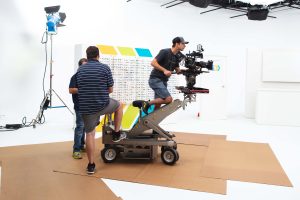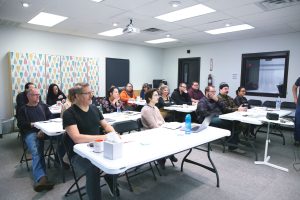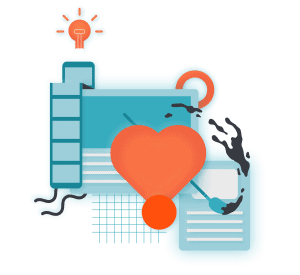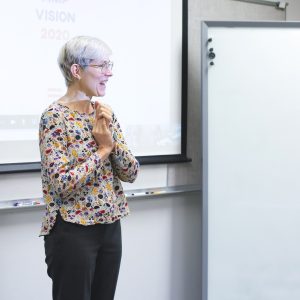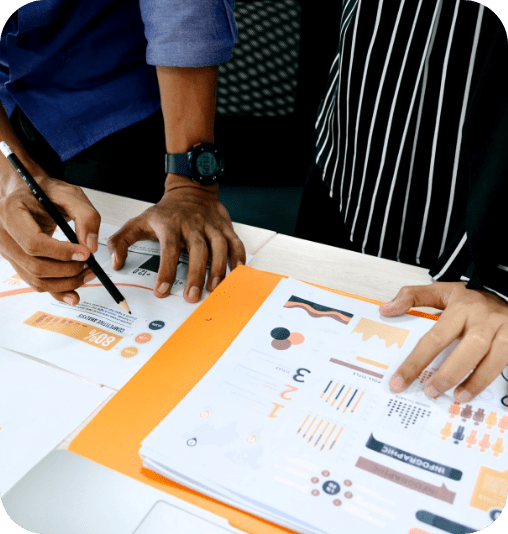Learning measurement strategy
Once you’ve launched your learning experience, how will you know it’s successful?
Build measurement into your strategy from the beginning to ensure you can prove return on investment once the project is complete.

Why you should measure
Measurement can make people nervous. Sometimes it might feel like no numbers are better than poor numbers! However, measurement is essential to both ongoing improvement of learning and demonstrating the effectiveness of your work.
A great learning experience incorporates measurement from the start, so that you can begin your launch prepared to gauge how learners and your organization are being impacted by the program. If something isn’t working correctly, we can tackle it right away—ultimately saving time and resources.
Quantifying behavioral change and return on learning (ROL) allows you to showcase the benefit the learning brings to the organization and how it helps meet key business priorities.
Choosing your measurement strategy
To pick a measurement strategy, you first need to decide which metrics are most important to your understanding of your project’s success. Is it learner satisfaction? Behavioral change? Once you’ve selected a metric, we can start designing a plan.
Levels of criteria for learning measurement—the Kirkpatrick model
At AMP, we use the highly-regarded Kirkpatrick model for evaluating learning results to help define our projects’ measurement goals. This model breaks measurement criteria into four levels: reaction, learning, behavior, and results.
We’ll work with you to determine which levels of metrics are most relevant to measuring your project’s success.
01 Reaction
This level measures the response learners have to the learning experience. Do they feel that they learned concepts relevant to their work? Would they recommend the program to someone else? Would they describe their facilitator as “engaging”?
This kind of feedback can be gathered through a survey, interview, or poll after the learning experience has completed.
02 Learning
In this level, we assess the knowledge or skills the learner has acquired—as well as changes in their perspective, like attitude or confidence. Do they recall the framework that was taught? Can they respond to a hypothetical situation with the answer required by policy?
We may use methods like a quiz, interview assessment, situational role play, or written exam to measure level 2 results. Assessing learners both before and after the learning experience can provide a clear picture of improvement.
03 Behavior
Level 3 measures the actual behavioral change (or lack thereof) a learner exhibits after completing the learning experience. Can they respond to a challenging situation with the approach they were taught? Do they effectively use learned techniques? Do they follow written policy in practice?
While this can be more difficult to measure, assessments where the learner is unaware an evaluation is taking place (like phishing drills or secret shoppers), situational simulation assessments (like VR or eLearn simulations), or direct observation while a task is being carried out can all shed light on whether behavior has been impacted.
04 Results
The last level of this framework measures the results of learning on an organizational level. This is reflected by whether organizational KPIs are being met.
A decrease in workplace accidents, a higher percent of sales calls that end in conversions, or improved customer sentiment are a few examples of KPIs that could have been influenced by effective learning.
Implementing measurement
Once you’ve selected the metrics that are essential to understanding your project’s impact, we can start planning how to measure them.
Our team can design survey questions, assessment experiences, KPI dashboards, and more. We’ll deploy measurement methods over your existing platforms and software (or recommend platforms if you don’t have systems in place).


